Hundreds of Syrians filled the streets of Damascus on Thursday, marching in the funeral procession of Mazen al-Hamada, a prominent anti-government figure, who died in prison during the final days of Bashar Assad’s rule.
The procession, unimaginable just a week ago, mirrored the early days of the Syrian uprising – when funerals morphed into protests.
For many, it was a moment of liberation, the fear of Assad’s retribution finally lifted.
But others remained cautious, questioning if this newfound freedom would last under the anti-regime forces who now control Damascus.
“We will not forget your blood, Mazen,” chanted the crowd, mostly young people, outside a mosque while al-Hamada’s family held funeral prayers inside.
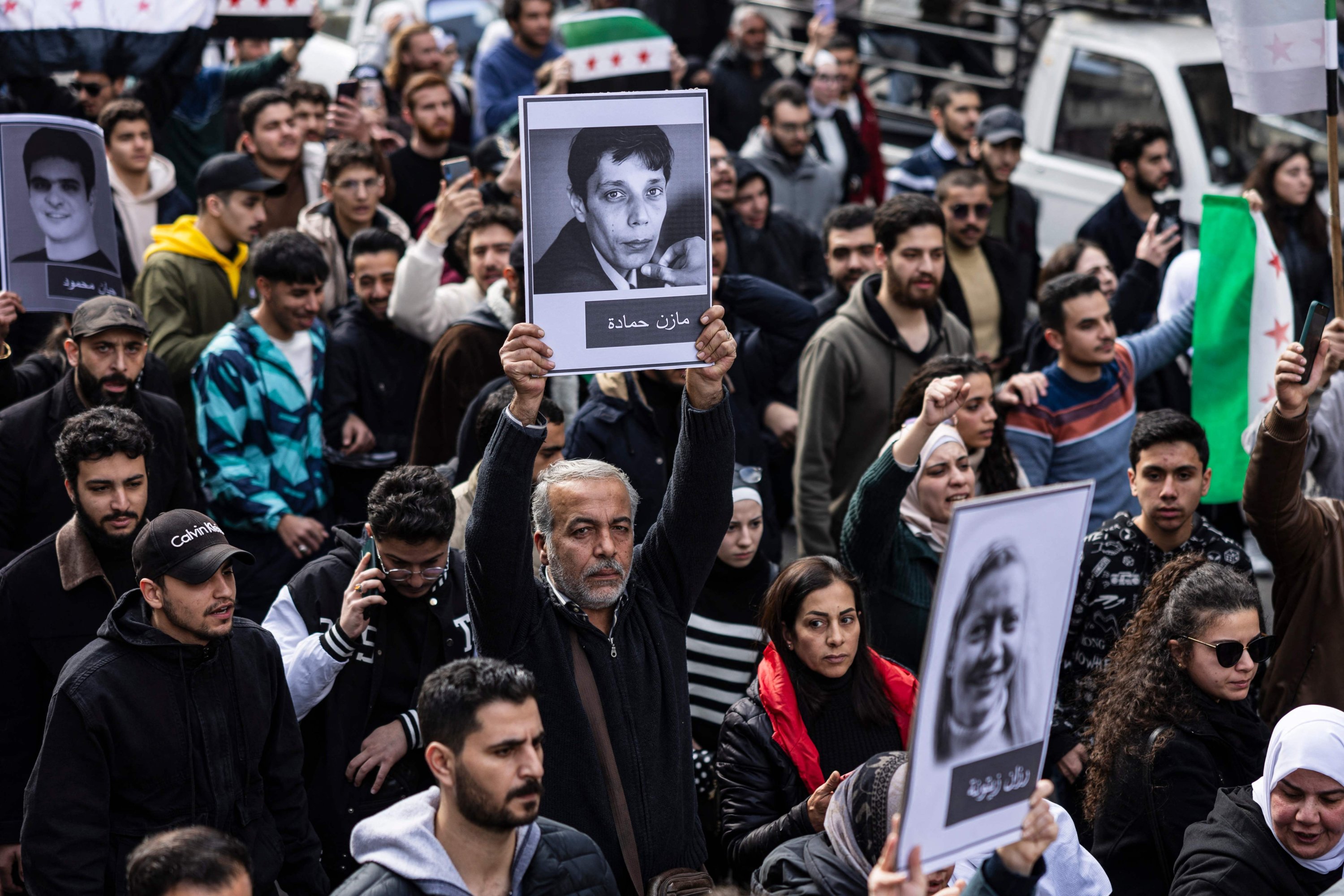
Some even called for Assad to face trial, others demanding his execution.
Al-Hamada, 47, had been part of the initial anti-government protests, arrested several times before fleeing Syria in 2013.
He became a symbol of the anti-Assad movement while living in the Netherlands, where he exposed the torture he endured in prison.
Yet, despite the dangers, al-Hamada returned to Syria in 2020, only to disappear upon arrival.
His body was later discovered in a Damascus hospital, alongside others who appeared to have been tortured.
His sister, Amal al-Hamada, had dreamed of his release, but instead, she was heartbroken to learn he had been executed.
“There are many like Mazen,” said Zeina Baaj, a native of al-Hamada’s hometown, Deir al-Zour. “His story is just the tip of the iceberg.” Torture, she added, was Assad’s method of control for decades, a policy that still haunts Syria today.
Thousands of families are still searching for missing loved ones, many having scoured prisons and morgues for years.
Fares Abul-Huda, who joined Thursday’s procession, had been searching for his brother, a hospital worker detained in 2012.
Despite hearing rumors of his brother’s detention in Saydnaya prison, one of Assad’s most notorious facilities, he found no trace of him among the recently uncovered bodies.
For some, Thursday marked a return to activism after years of suppression.
Mohammad Kulthum, 32, marched with his mother, recalling how unimaginable such rallies were under Assad’s brutal regime.
Bayan Andoura, who was just 14 when the uprising began, said she had to remind her friends not to whisper anymore.
Marching with her friends, she reveled in the chance to chant once-banned slogans: “We couldn’t chant them before. Now we want to.”
Hani Zia, a bystander, watched with tears in his eyes.
The march stirred a mix of emotions – joy, pain and sadness.
Zia, who fled Daraa to escape the violence of Assad’s crackdown, had lost 60 people from his village of 5,000 during the war.
“Freedom is expensive,” he said. “We had to pay the price.” Though he joined the march with hope, he fears it may be short-lived. “I’m not sure what Syria will look like after today,” he said. “I’m not sure we will see this again.”
Zia longed for a Syria where he could walk the streets without fear, free from the questions about his identity, religion and allegiance. “We want to walk in the streets with no one asking, ‘Why? Where? Who are you? What is your sect?’” he said.

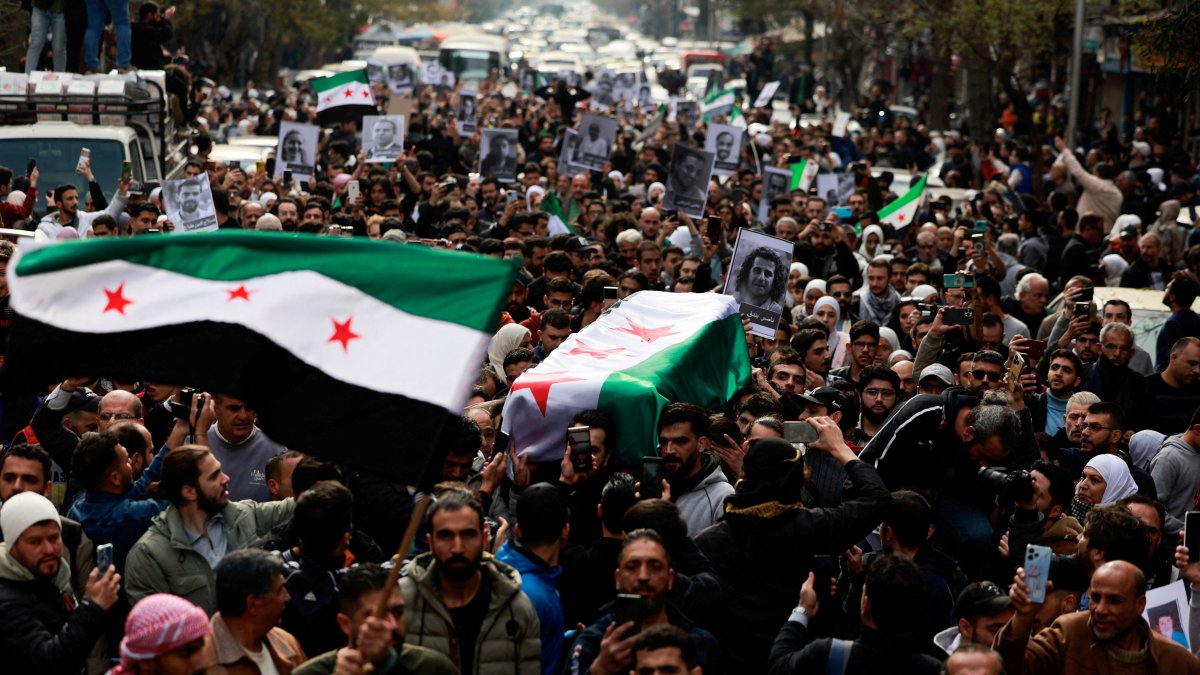
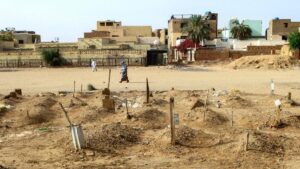
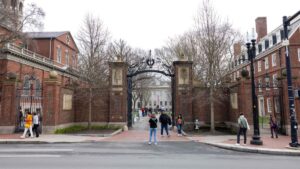
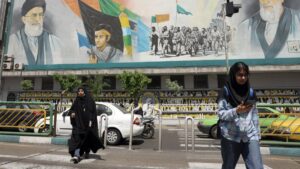
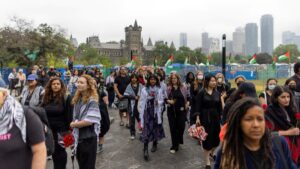
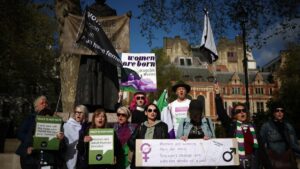
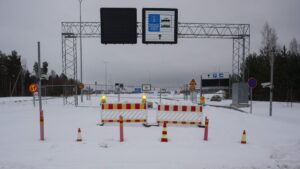

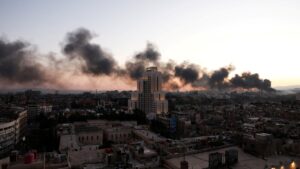

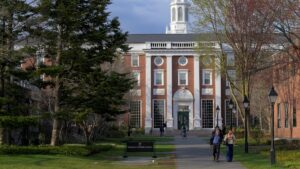

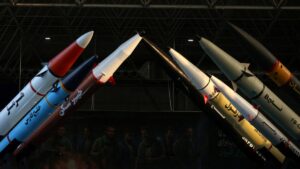
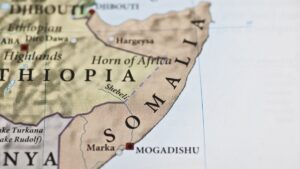

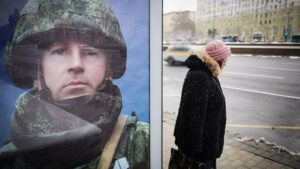
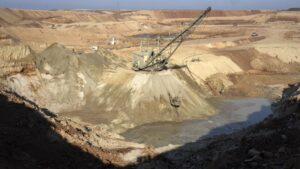
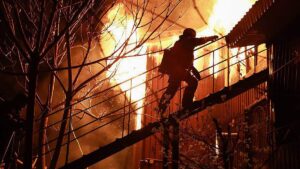
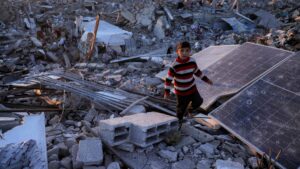
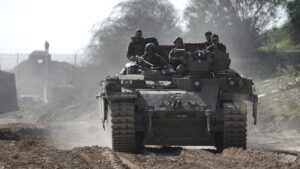
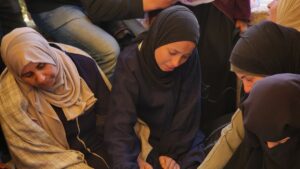
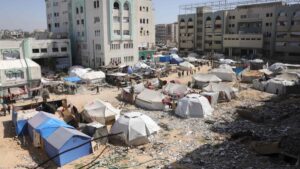




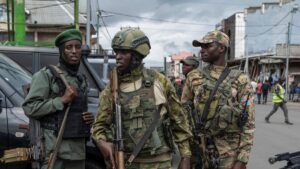
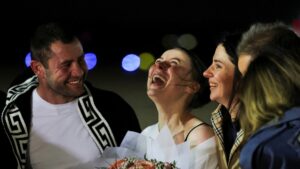
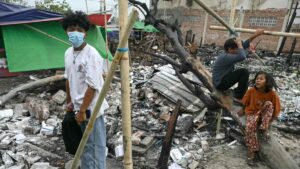




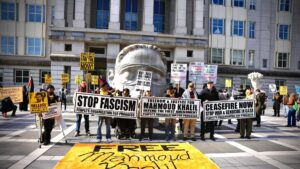
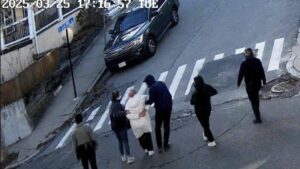


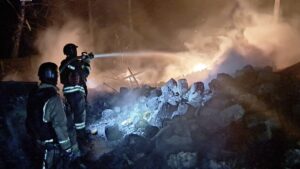
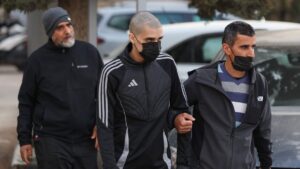


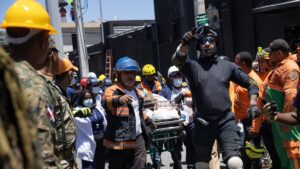
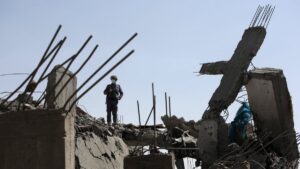



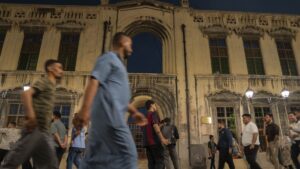


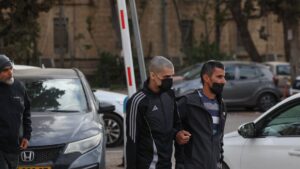

Be First to Comment